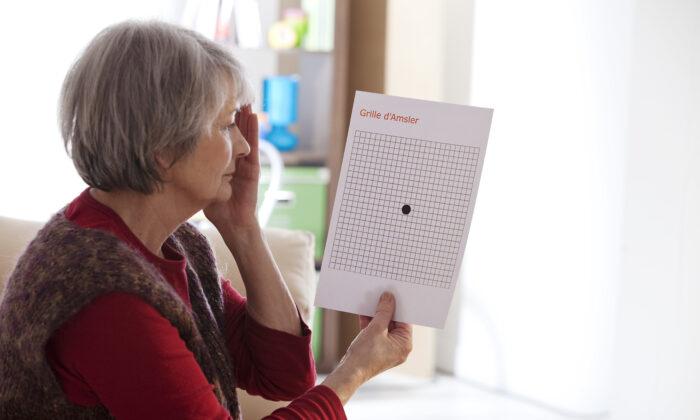Like high blood pressure, glaucoma is a devious disease.
It develops without obvious symptoms, yet its consequences are devastating and can potentially lead to blindness.
Does this mean we should not be worried about glaucoma before we reach a venerable age? Certainly not, especially if it has affected a relative in the family, such as a father, mother, siblings, or grandparents.
Some Alarm Bells
Brian’s name is fictitious but he has a very real story. He is a 45-year-old black man. He is healthy, doesn’t take any medication, and works as a forklift operator in a warehouse. Brian noticed that, in recent years, he had occasionally hit things with his machine but attributed these minor incidents to poor lighting or lack of attention. He didn’t take any action until his supervisor asked him to get a visual examination.Brian thought it was a good idea, especially since he was finding it harder to read the purchase orders and other paperwork essential to his job. He had never been examined before and had never worn glasses. Since he was adopted, he wasn’t aware of any eye diseases in his biological family.
He was fairly confident in his vision when he presented himself in January at a private clinic where I occasionally practice. To his surprise, I didn’t just make him read letters on a chart but performed several tests. He had to identify lights appearing in a large dome each time they showed up; a picture was taken of the inside of his eye and examined through a microscope.
Then the optometric diagnosis was made: Brian was suspected of having glaucoma, a term he had never heard before and which seemed quite frightening when said out loud.

Narrowed Field of Vision
While the symptoms can remain hidden until the disease is in its late stages, visible clinical signs can be detected when eye health is examined by a competent professional. Clinical signs can appear at any age but are more common after the age of 50.Clinical tests also target the visual field, where glaucoma can most obviously show up. As the disease progresses, more nerve fibers are affected, resulting in a narrower field of vision for the patient.
Some OCT tests also let us get images of the structures of the eye that could have a negative impact on the circulation of aqueous humor that supports the lens.
Finally, eye structures are examined using a biomicroscope (slit lamp), with specialized lenses or magnifying glasses (gonioscope).
Treatment Options
Once the diagnosis was confirmed, it was important for Brian to understand that no treatment will cure glaucoma, but we can slow its progression to limit the negative consequences on sharpness and field of vision. Once you have glaucoma, you have it for the rest of your life and complying with treatment is vital to maintaining vision.Treatment usually begins with topical medications that either reduce the production of aqueous humor or promote its evacuation from the inside of the eye or both. Some other drugs may also protect the optic nerve from damage caused by glaucoma.
Once drug treatment has been started, it should never be halted without the advice of a professional. Any side effects, such as redness, dry eyes or intense tingling must also be reported so they can be treated or prescriptions can be modified.
Brian left the office surprised by his condition but reassured about what would be his next steps. He realized that what he thought were commonplace accidents were actually important signs of vision loss. He will have to learn to adapt to this new reality and hope that his remaining vision will allow him to be able to continue to drive his forklift and his car.
He promised to talk to everyone around him, especially his children, about his disease so they can be examined and have it detected in time. Everyone over the age of 50 should be checked by an optometrist or ophthalmologist, as well as people of any age whose parents or relatives have glaucoma.
It’s the best way to keep this silent vision killer at bay.



